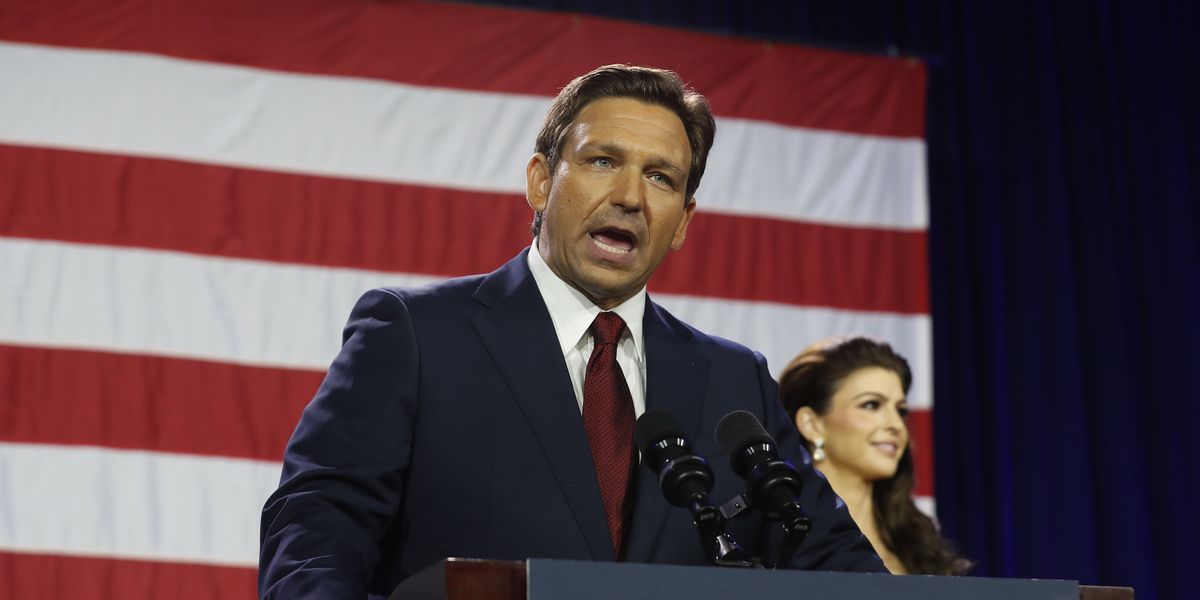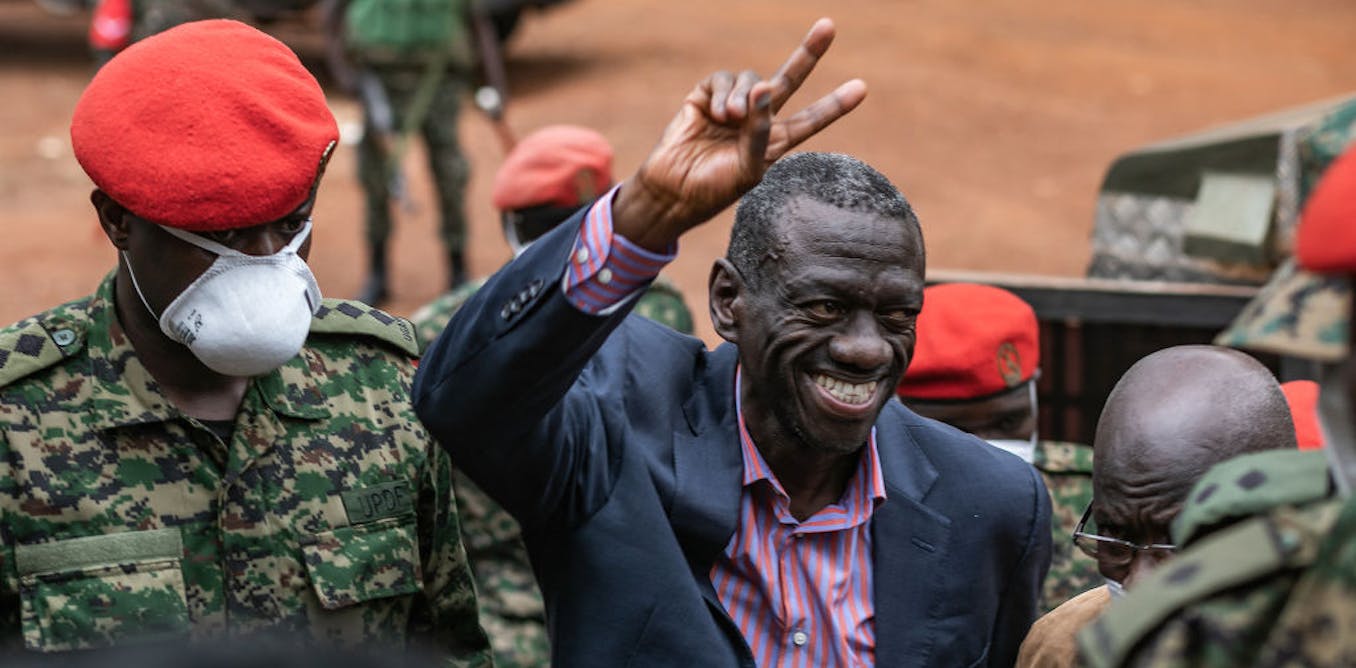The situation surrounding the nation-wide rail shutdown is evolving quickly as the Canadian government rushes to get workers back on the job and trains running again.
Canada’s two largest freight railroads came to a standstill on Aug. 21 after negotiations with workers broke down. The Canadian National Railway (CN) and Canadian Pacific Kansas City (CPKC) locked out 9,300 employees after failing to reach an agreement. At the same time, CPKC workers went on strike.
The railroad companies and the Teamsters union, which represents close to 10,000 CN and CPKC workers, are blaming one another for the work stoppage.
After government intervention, the companies ended their lockout by Aug. 23. However, CPKC workers remain out on strike while CN workers have now issued a 72-hour strike notice.
A major issue in this dispute is work-life balance. At CN, the company wants to extend shifts to 12 hours from the current 10, and cut the current rest period in half from 24 hours.
At CPKC, the sticking points are wages and when “held away” pay kicks in. Held away pay are the wages workers who find themselves at terminals away from home are contractually guaranteed after a certain number of hours there.
THE CANADIAN PRESS/Sean Kilpatrick
Major economic impact
It’s little wonder the government is working so hard to deal with the dispute; the economic disruption from a prolonged lockout would be significant. According to the Railway Association of Canada, $380 billion worth of goods and half of Canada’s exported goods are moved across the railways in a year in addition to 188,000 supported by the industry.
A majority of the goods carried by rail involve either Canada’s natural resource industries like mining, forestry and petroleum, as well as agriculture and automotive supply chains. The economic consequences from this stoppage are expected to be felt quickly.
Because of the level of economic integration in North America, the impact will also be felt across borders. The lockout has already garnered the attention of major American news outlets like the New York Times, which noted that 90 per cent of Canadian-produced fertilizer exported to the U.S. travels by rail.
The United States National Association of State Departments of Agriculture has already written a letter to Prime Minister Justin Trudeau urging him to avert a stoppage.
Biding arbitration is no surprise
Less than 17 hours after the lockout began, Labour Minister Steve MacKinnon announced he would be sending the issue to binding arbitration, meaning the dispute will be sent to a neutral party to hear the case and make a decision. Legally, a strike or lockout can continue even after the minister refers a dispute to arbitration and until a final decision is made.

THE CANADIAN PRESS/ Patrick Doyle
This decision is keeping in line with MacKinnon’s predecessor, Seamus O’Regan, who sent WestJet mechanics and their employer to arbitration in late June. However, this might not avert a strike. Even though the labour minister can send a federally regulated labour dispute to arbitration, legal strikes and lockouts can still proceed.
Thus continues the Trudeau government’s seesaw approach to labour disputes. In 2018, the government imposed back-to-work legislation on striking Canada Post workers, despite spending time wooing organized labour during the 2015 election.
When O’Regan became Labour Minister in October 2021, he initially struck a more conciliatory tone and avoided intervening in the federal public sector worker strike and strikes at ports on the East and West Coasts. The WestJet mechanic strike returned the government to a more interventionist stance.
Government labour interventions
Government intervention in labour disputes, especially in the public sector, has been the norm for the federal government and the provinces since the onset of wage and price controls during the inflation of the mid-1970s.
It became even more widespread from the 1980s onward. The idea of “free and fair collective bargaining” in Canada since then has been seriously undermined. Political scientists Leo Panitch and Donald Swartz called this development “permanent exceptionalism,” as governments would always claim a fiscal or economic crisis as the reason why they must intervene in a particular labour dispute.
A significant ruling from the Supreme Court of Canada in 2015 recognized the right to strike and collective bargaining as part of the freedom of association provision of the Charter of Rights and Freedoms.
However, despite some restraint, governments at all levels have continued to impose contracts or use back-to-work legislation, often deciding to let cases wind their way through the courts — a process that can take months, or even years. Still, a legal challenge by the Teamsters to arbitration is likely.
Since the Stephen Harper government, there has also been a trend to intervene beyond the public sector. The Harper government threatened or passed legislation targeting both CN and CP (CPKC’s predecessor), as well as Air Canada, during possible and actual strikes and lockouts.
The threat of major economic disruption was always the rationale to intervene in these major private sector companies.

THE CANADIAN PRESS/Jeff McIntosh
Workers still hold the power
In the case of the WestJet mechanics, their decision to go on strike despite looming arbitration paid off. Their willingness to strike on a busy Canada Day weekend resulted in a new contract that avoided arbitration, and they won significant wage increases.
CN and CPKC have been able to head off a strike thus far because of the lockout, but such a move was a sign the companies were concerned about the workers acting first. Workers in industries like railways and air travel have significant structural power and can use their leverage to win favourable contracts because of the amount of economic disruption they can cause.
With Air Canada pilots recently voting 98 per cent in favour of a strike if their own talks fail, another labour conflict with the potential to garner significant media attention and cause economic disruption could be on the horizon.
These conflicts show that workers are willing to use their power to secure the best possible agreements for themselves. At the same time, it shows how governments, regardless of the party in power, are willing to intervene in what should be free and fair collective bargaining.
With an election looming in the next year, there are union votes up for grabs. These disputes could have a significant impact on the electoral results, depending on how the government responds to them.
If union members feel the government does not respect their rights, they may vote to oust the current government, even if the main opposition’s support for organized labour might be more for show than substance.



